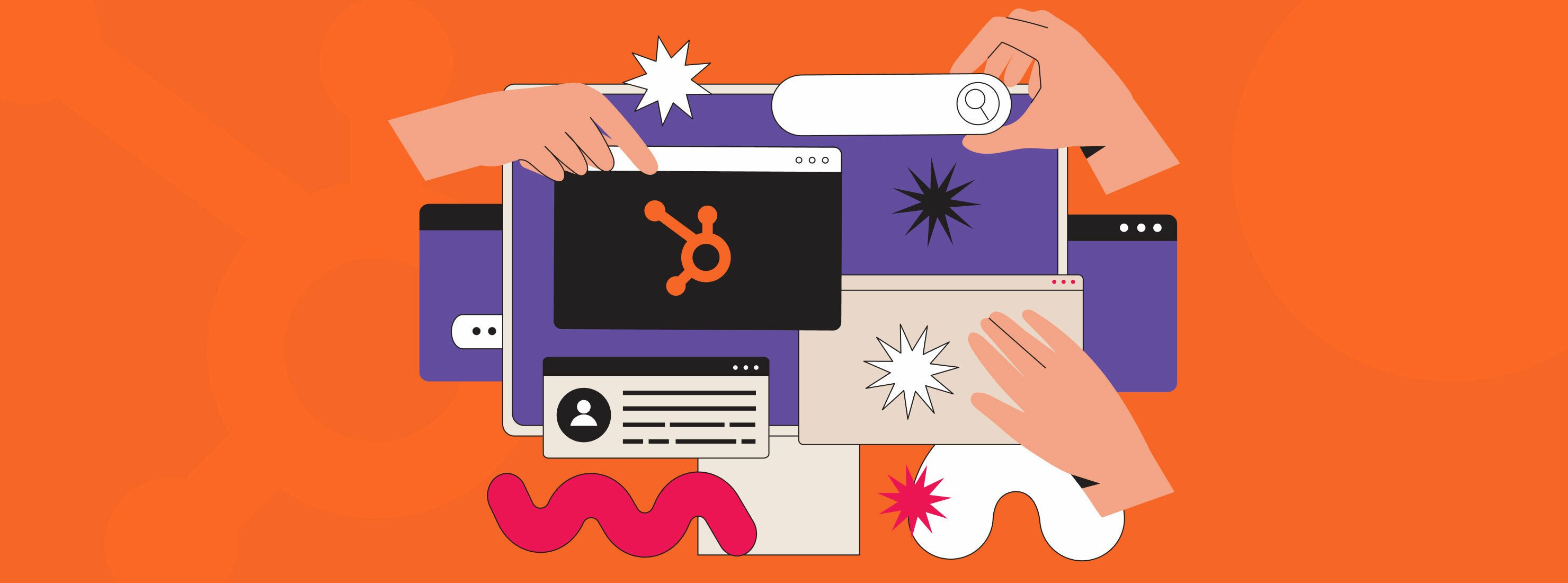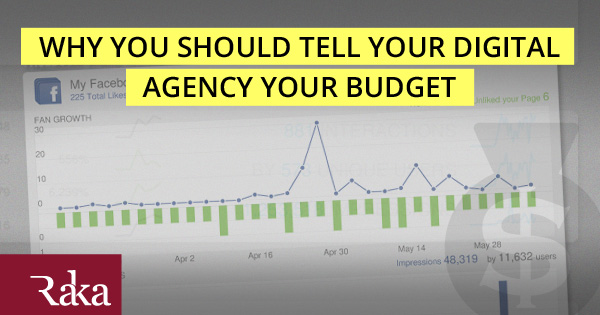Stop us if this sounds familiar: Your company is starting a new website design project and your whole team is stoked. Like, really excited. Ideas are flying around the conference room, people are gesticulating wildly … you look down at your notes and can’t tell whether you’ve written the plans for your new website or for time travel.
But when you try to communicate all of these exciting ideas to the actual designers, you realize you may as well be speaking different languages—without an interpreter.
Now don’t get us wrong: We love our clients. Seriously, they’re the best. And there’s nothing better than working on a website design project for people who are excited and passionate about what they do. But when the success of a project rides on the communication and interaction between two very different teams, it’s helpful to have a guide.
So here are some tips to make working with us designers as painless as possible:
1. Elect a website design project leader and/or point of contact
You may have 20 people in your company who need to review and approve our designs when we send them over to you, but we need to know who to talk to in order to move your project along efficiently. Your project will stall and may even reverse course if we can’t communicate with the right person at the right times, and this may result in a lot of frustration and delays in deliverables. It’s typically best to choose one person to be your spokesperson and then coordinate the project from there—trust us on this one.
2. Show us what you want (what you really, really want*)
As designers, we take a visual approach to almost everything we do, so to get the best results, show us what you like. Send us images, screenshots, links—anything you see that can serve as inspiration for your website design project. We’re going to do our own research either way, but it’s definitely going to make the whole process easier if we are on the same page from the very beginning.
*Apologies to those of you who now have the Spice Girls stuck in your head (but really, you’re welcome).
3. Know your assets
Designers go crazy over Sketch files, high-resolution imagery, brand guides and well-organized assets. Seriously, these things make our job a lot easier, and providing us with these gives us more time to devote to a stellar design. Especially when we don’t have to struggle to recreate your logo in a vector format.
4. No hovering
You can—and should—tell us when we’re doing something you don’t like, but giving us a mile-long list of half-formed ideas, vague comments, and belittling critiques when we’re halfway through a design will absolutely slow the process. You’ve hired us for our creativity, ideas, and expertise, and we’re working as hard as we can to make your dream a reality. Let us work. We really love to hear constructive feedback, and we know that every piece of this project is important to you, but remember that we know what we’re doing, too.
Telling us things that we’re doing right also contributes to you getting exactly what you want and boosts up our self-esteem—both good things.
5. Remember who the website is for
We see clients asking for changes to their site or making updates to live sites themselves (cue scary music) for lots of reasons, but one of the most upsetting reasons is when clients request changes that are clearly meant to appeal to an internal stakeholder. We can’t say this loudly or frequently enough: your website is for your customers, not for you.
What does this mean? It means that your site’s navigation should be filled with keywords or terms that are popular among searchers, not with phrases that are only ever uttered inside your boardroom. It means that the user’s experience on your site shouldn’t be bogged down with slow-to-load headshots of your CFO from 15 years ago because it appeals to their vanity. It means that the colors on the site probably aren’t as important as you think, unless we’re talking about call-to-action buttons. Most of all, it means that pages with search value should be easily found and that contact or download forms should be ubiquitous—after all, if the site is for your customers, shouldn’t they be able to use it to get in touch with you whenever they need to?
6. Go (sort of) crazy
Don’t be afraid to ask us for something outside of the box. We will let you know if your idea is amazing or impossible or just bad design practice (in the nicest way possible, of course), but at least presenting us with the idea gives us the chance to try something else incredible. Honestly, we’re totally over the “standards” in the industry, and we want to give you something that is going to be above and beyond your expectations. And when we suggest something to you, keep an open mind because we have some pretty great ideas every once in a while, too.
7. Believe us when we say we care about the project
Hey, designers are people, too. Believe us when we say that we wholeheartedly want your website launch to be one of the best days of your life. If we’re not working together, it makes it harder and harder for us to focus our creative energy on your project.
If you take nothing else from these tips, just remember this: If you are a prepared, passionate, respectful, and responsive client, then we are much more likely to be excited, driven, and efficient designers. Which leads to the creation of a beautiful friendship (and website).






